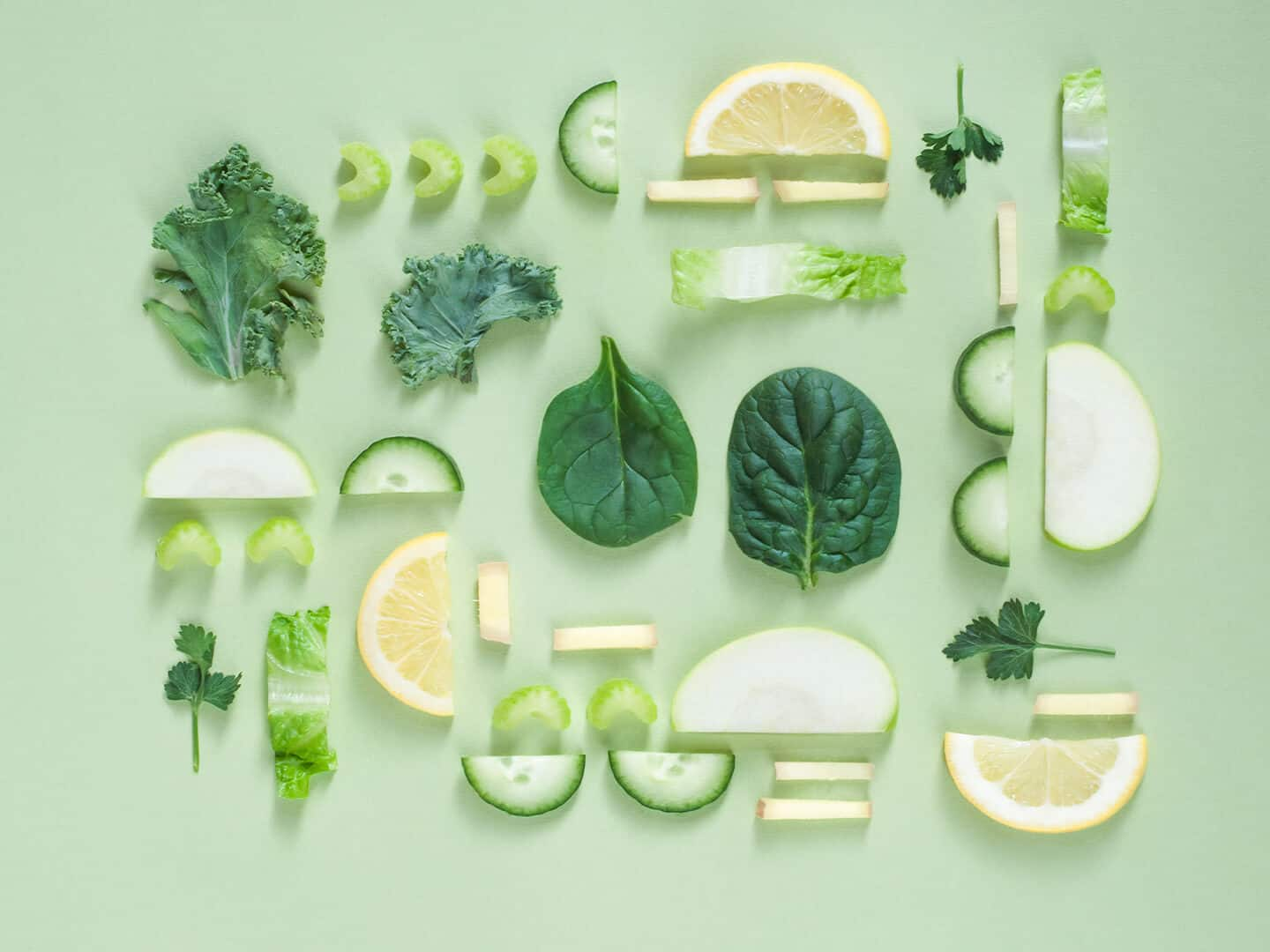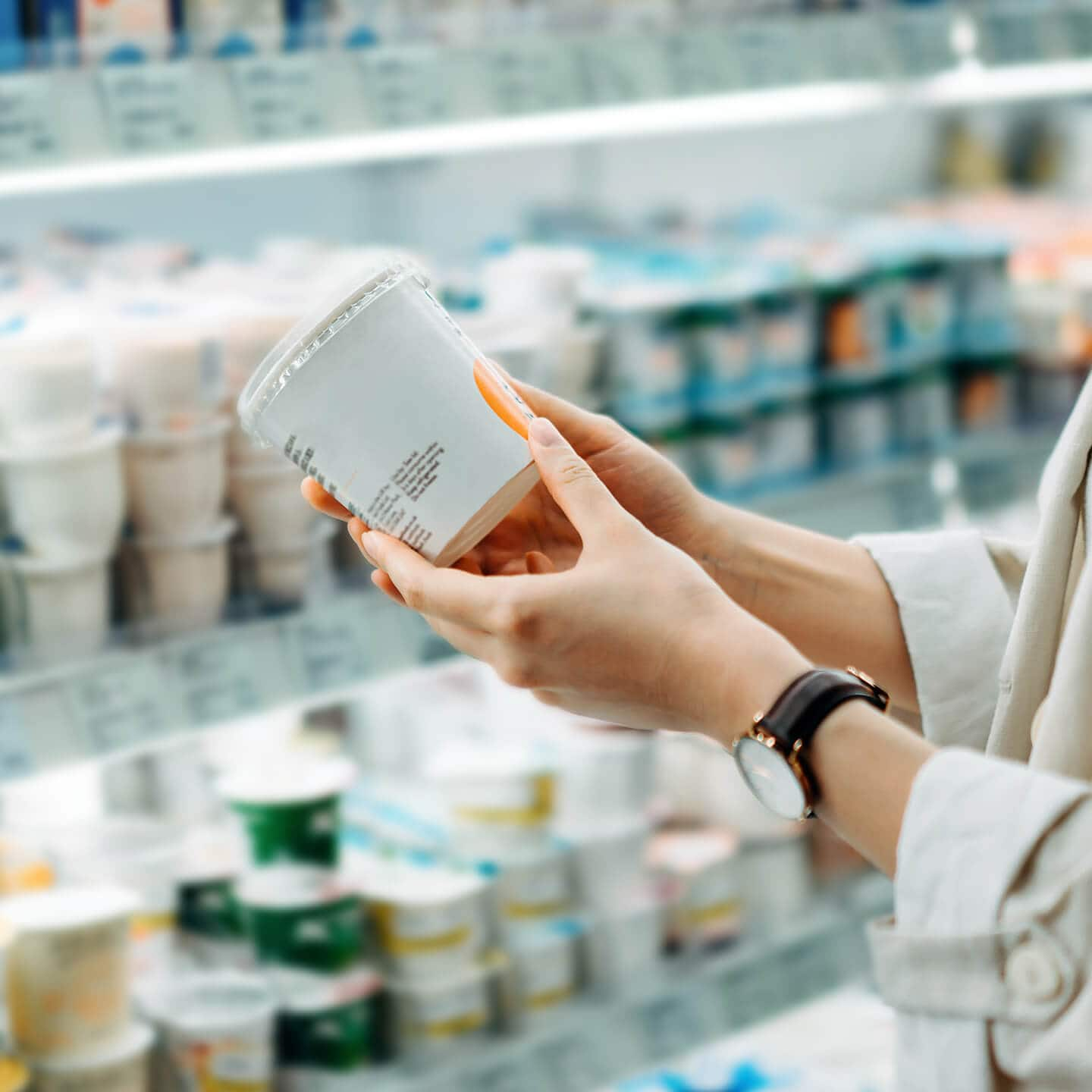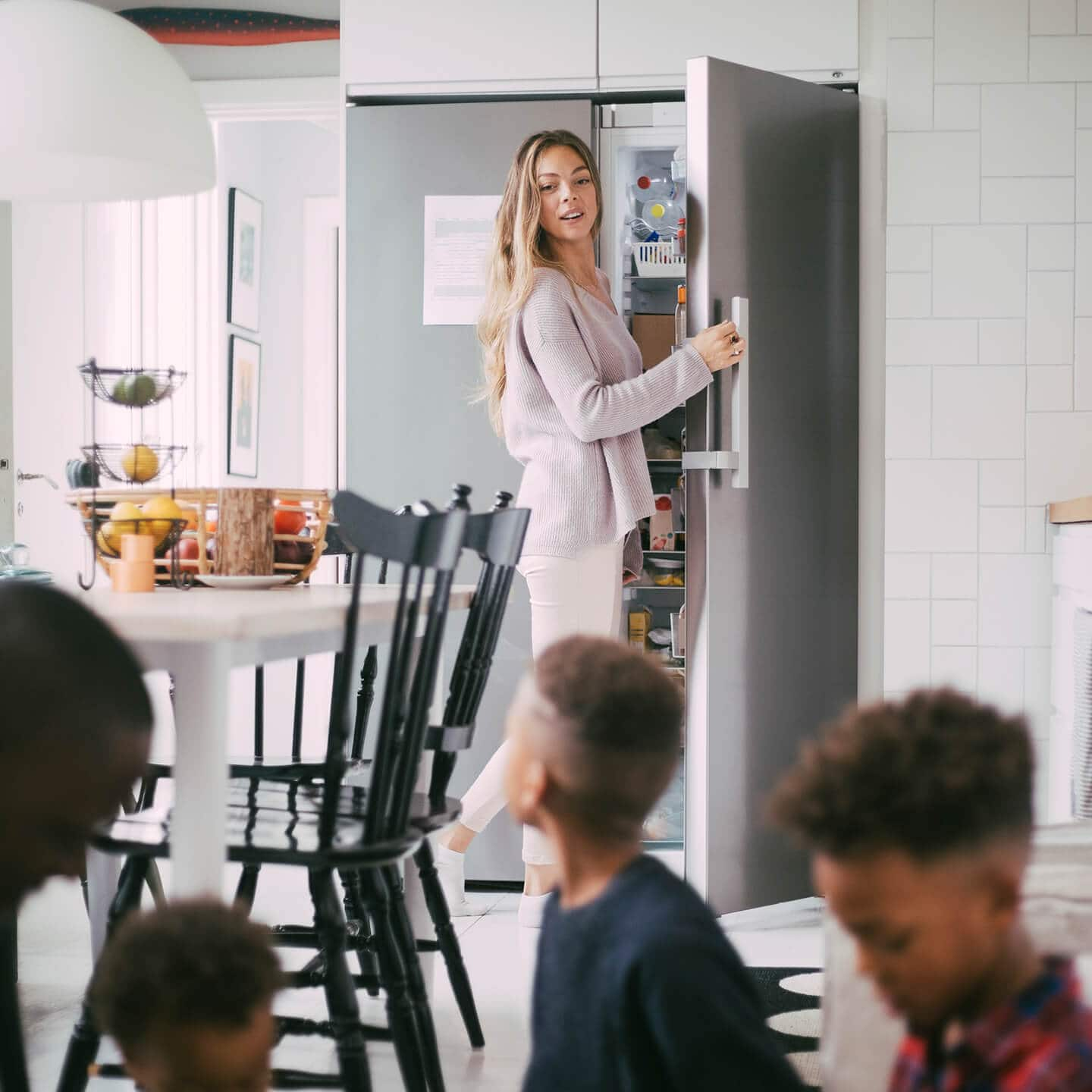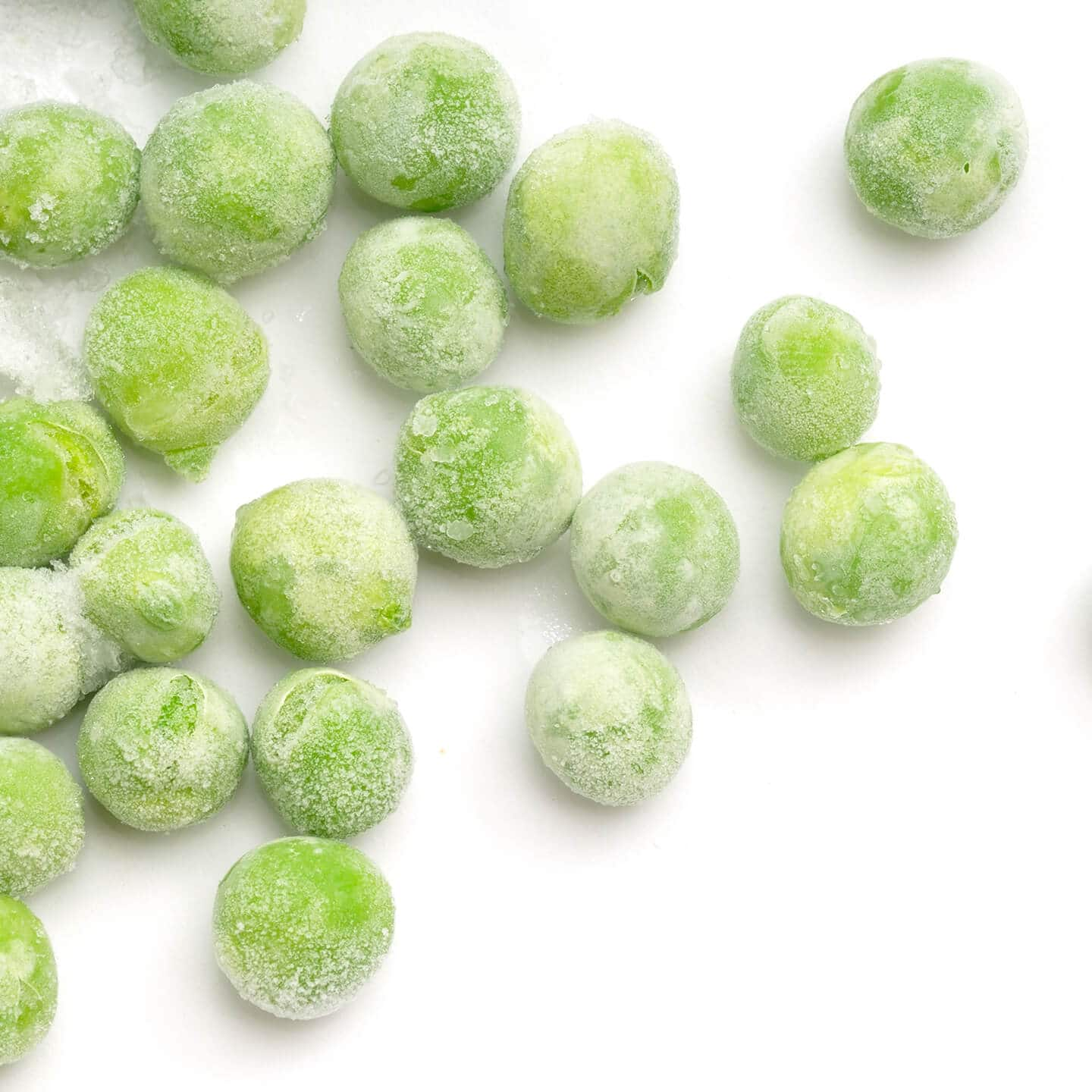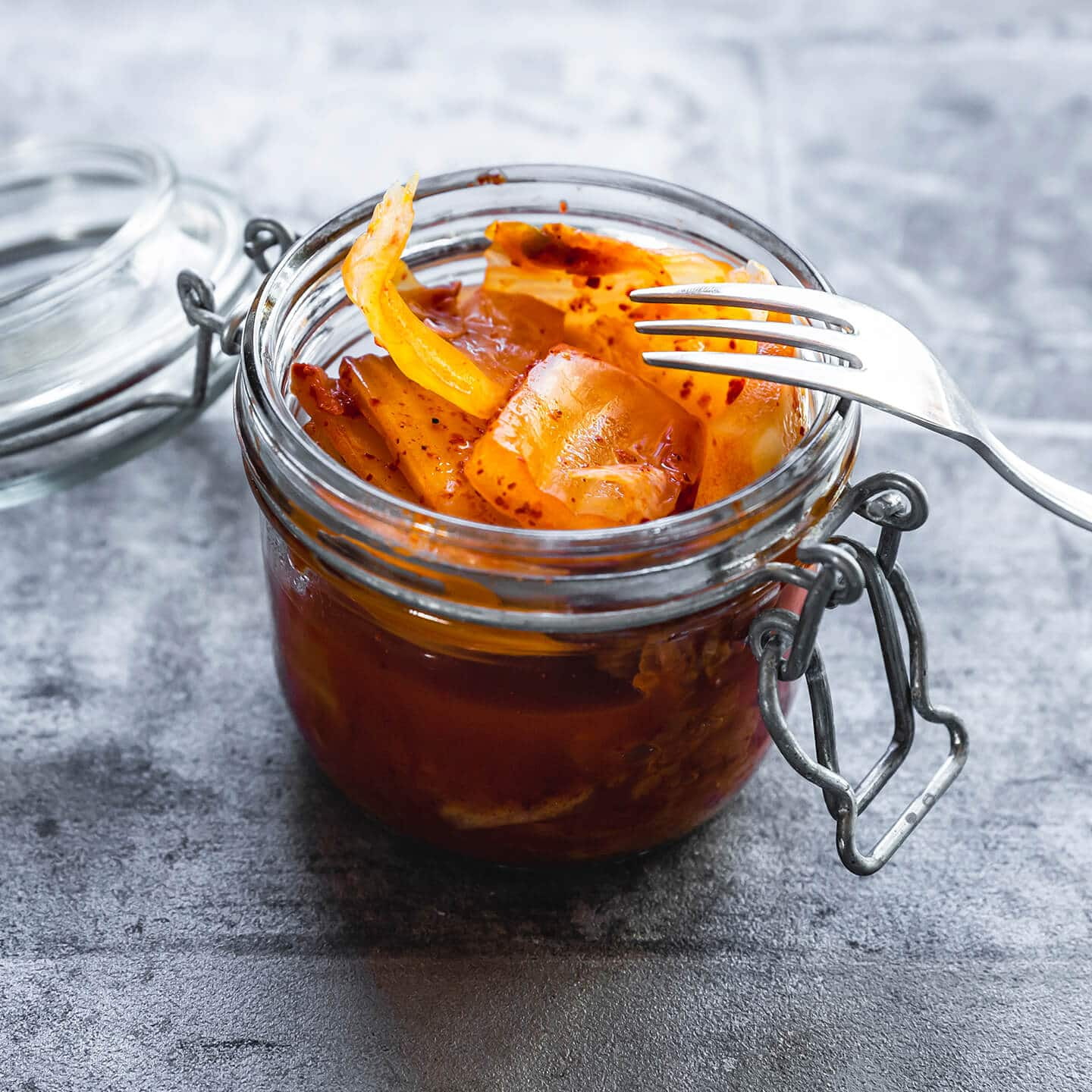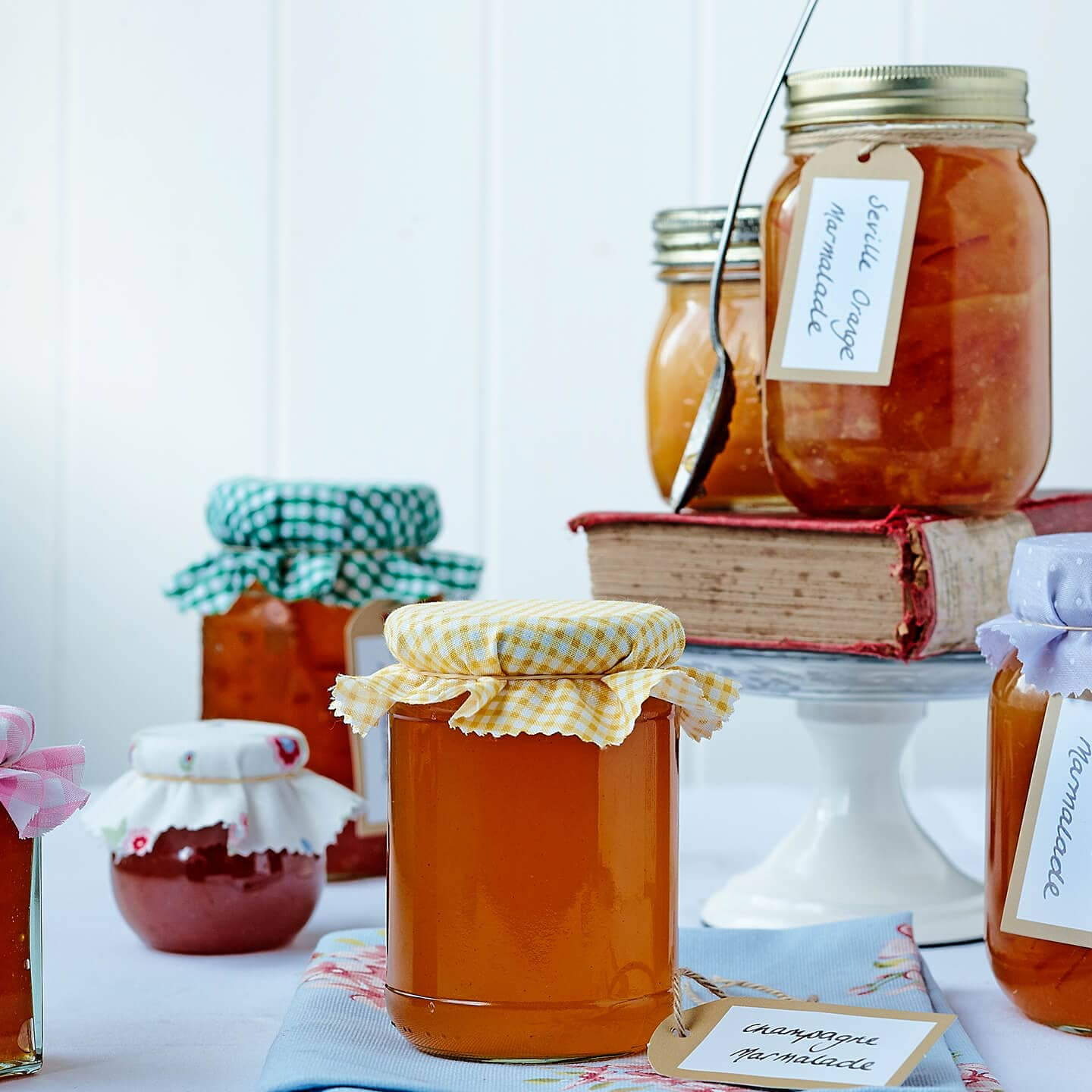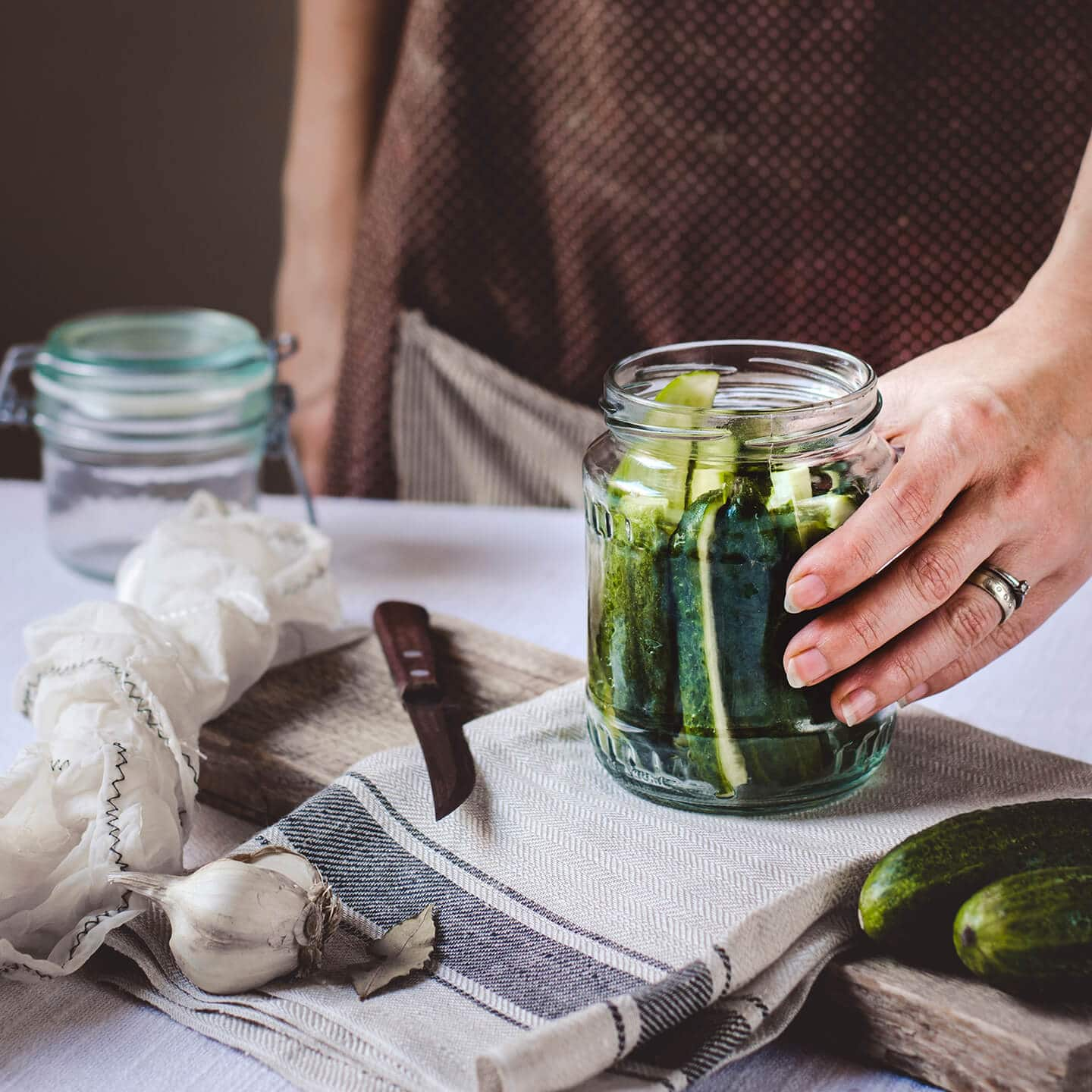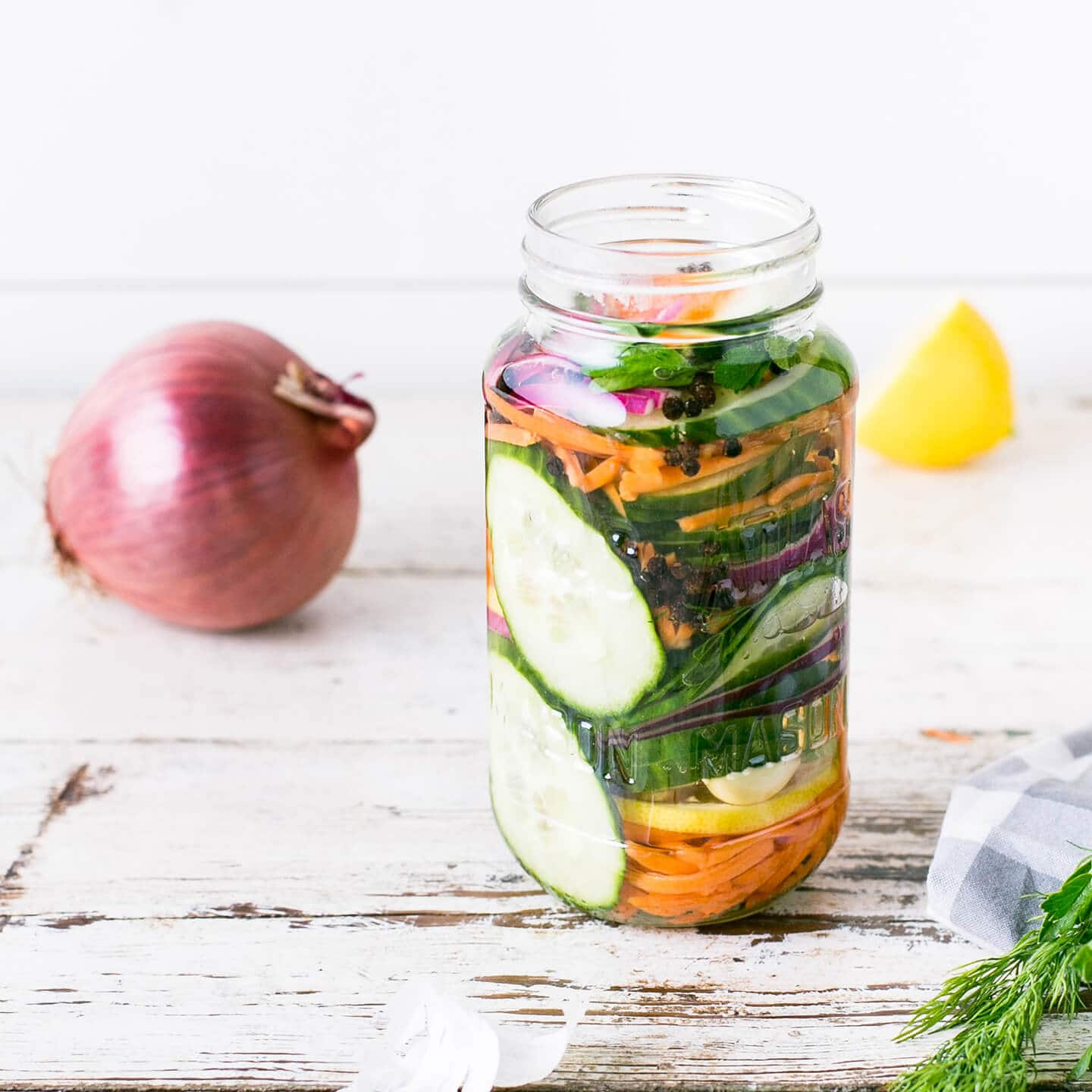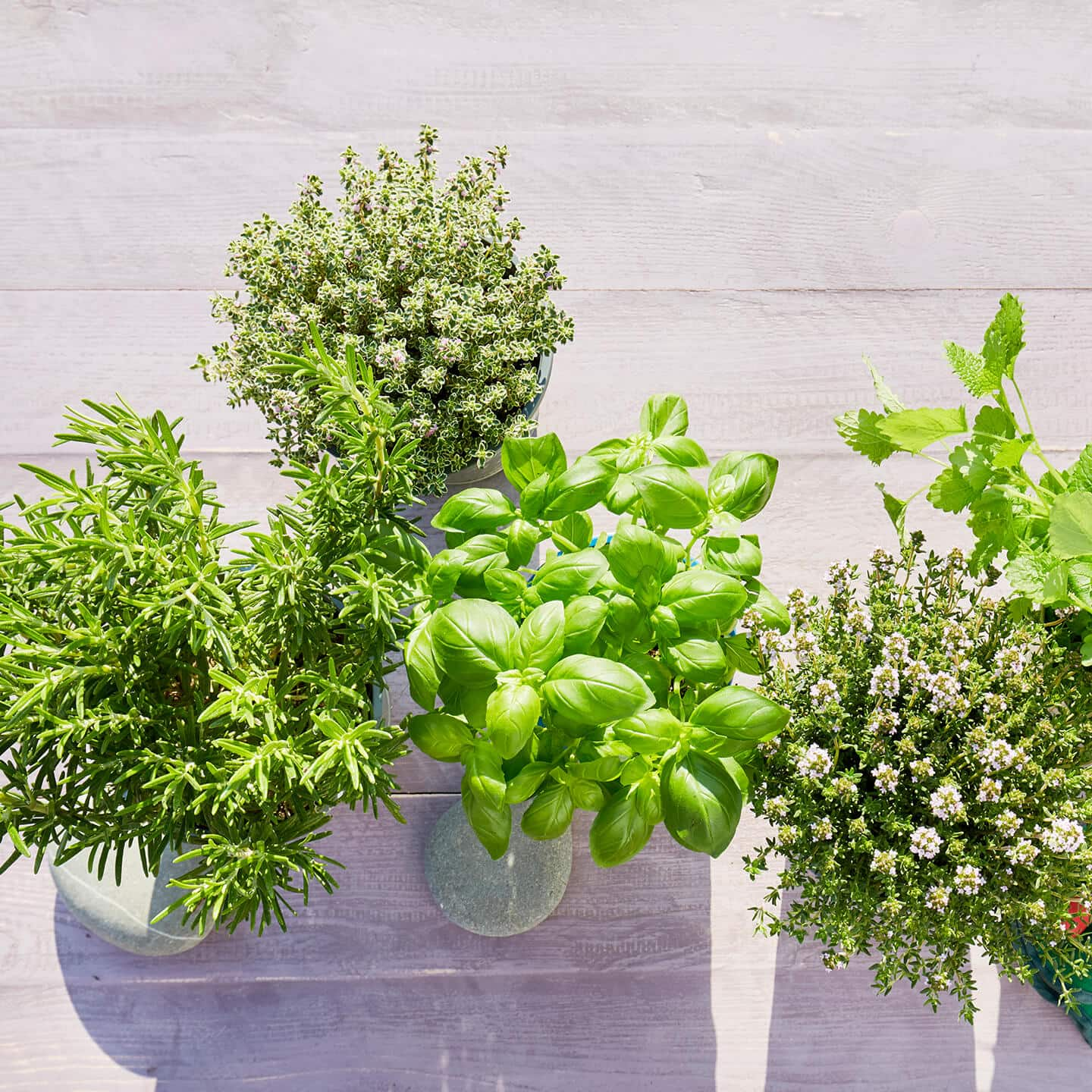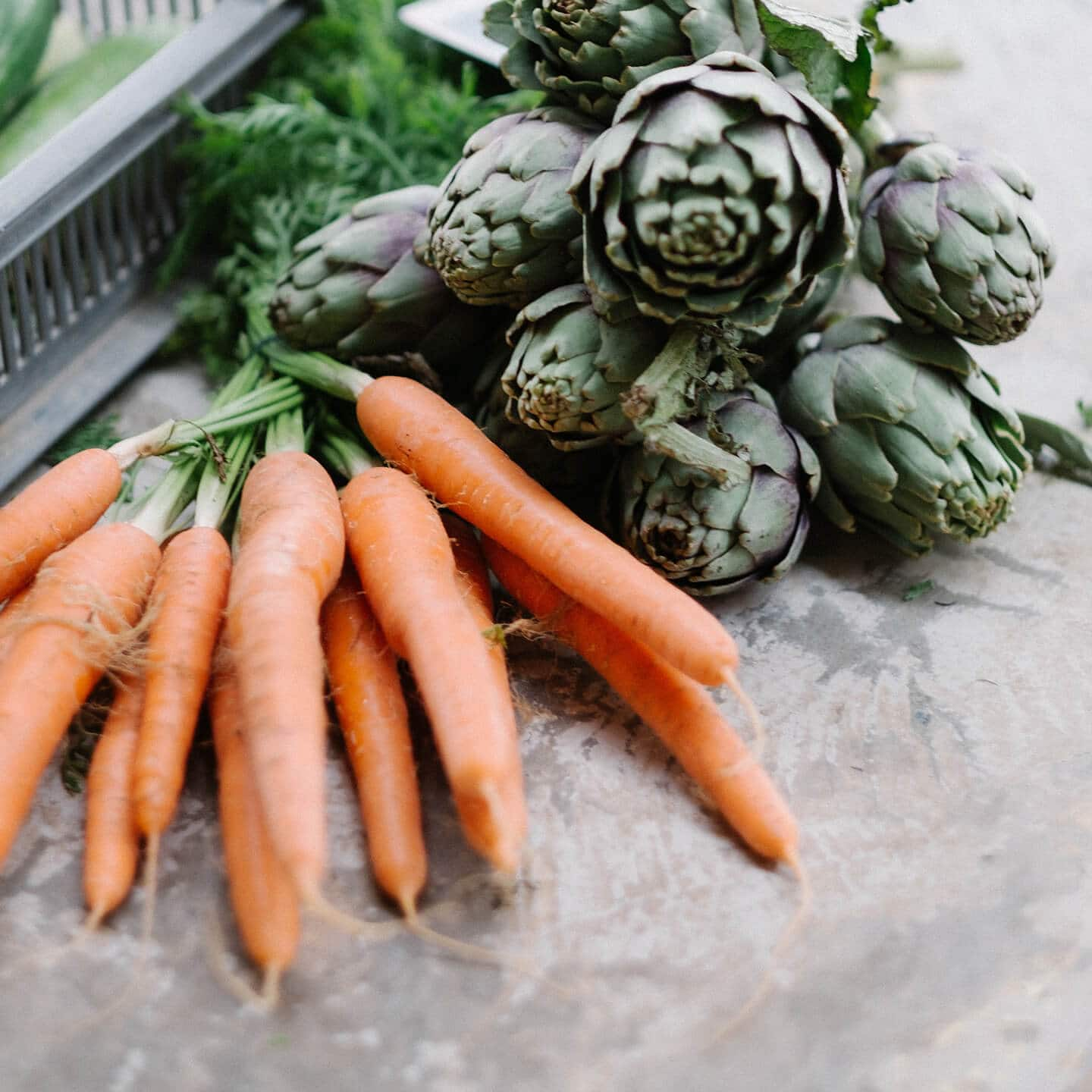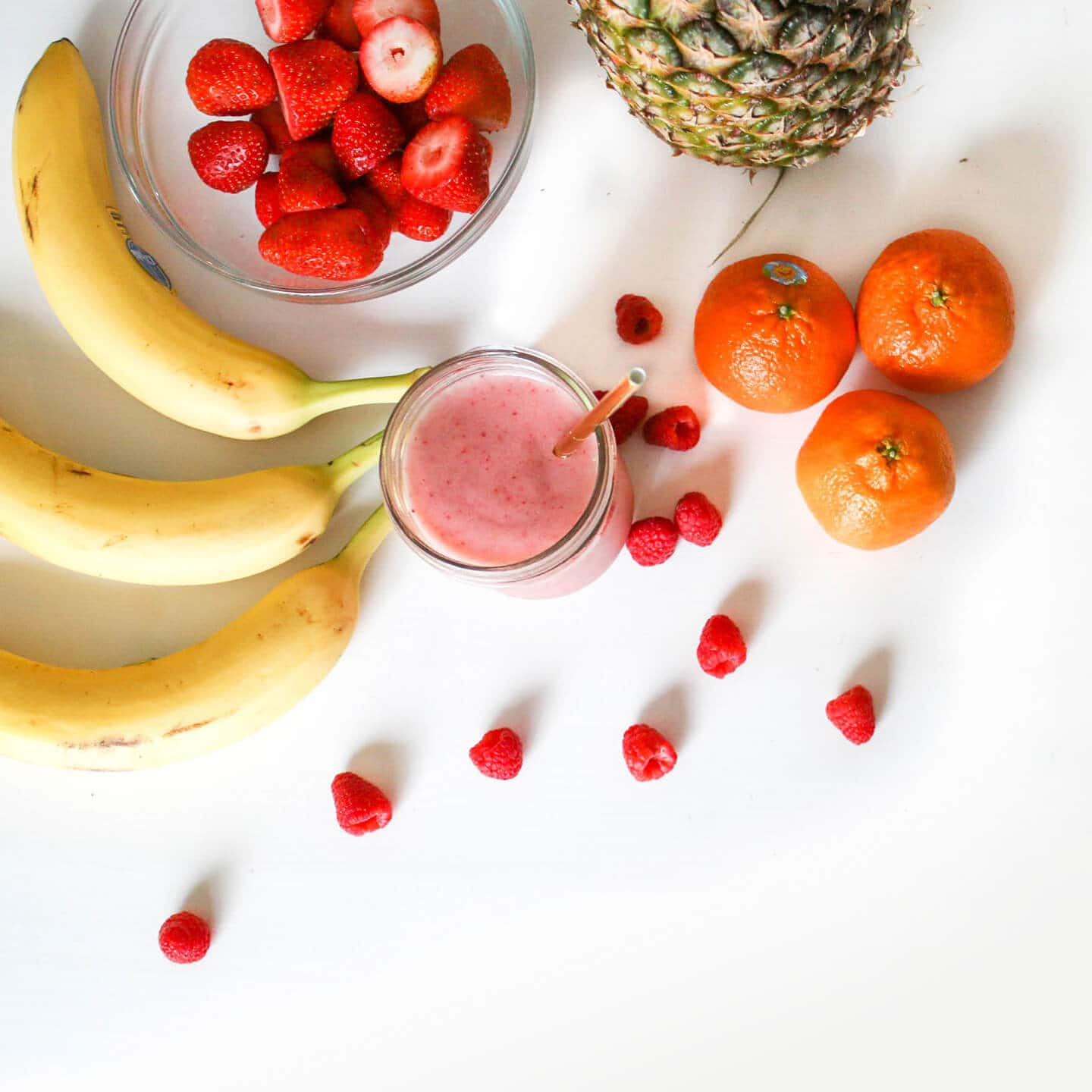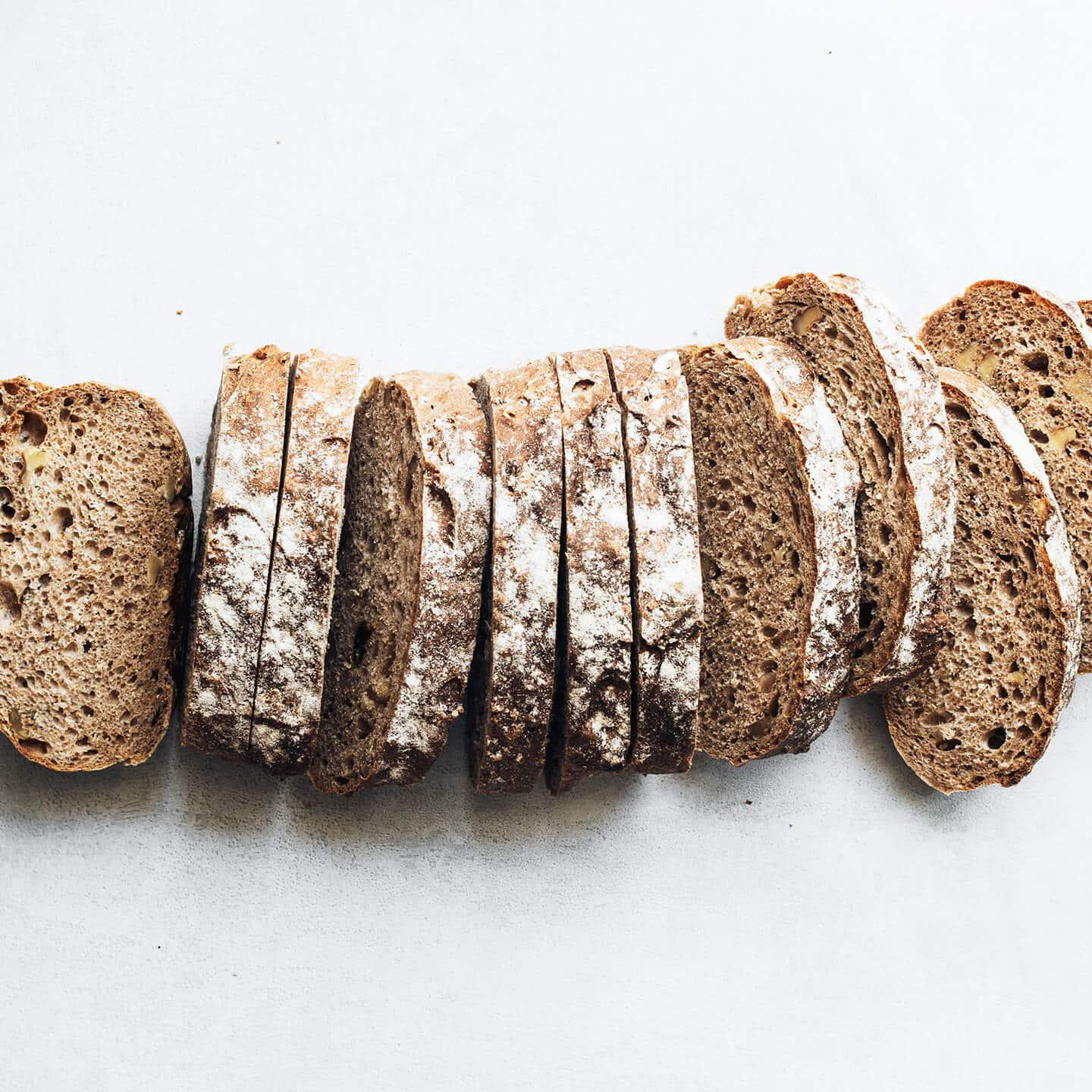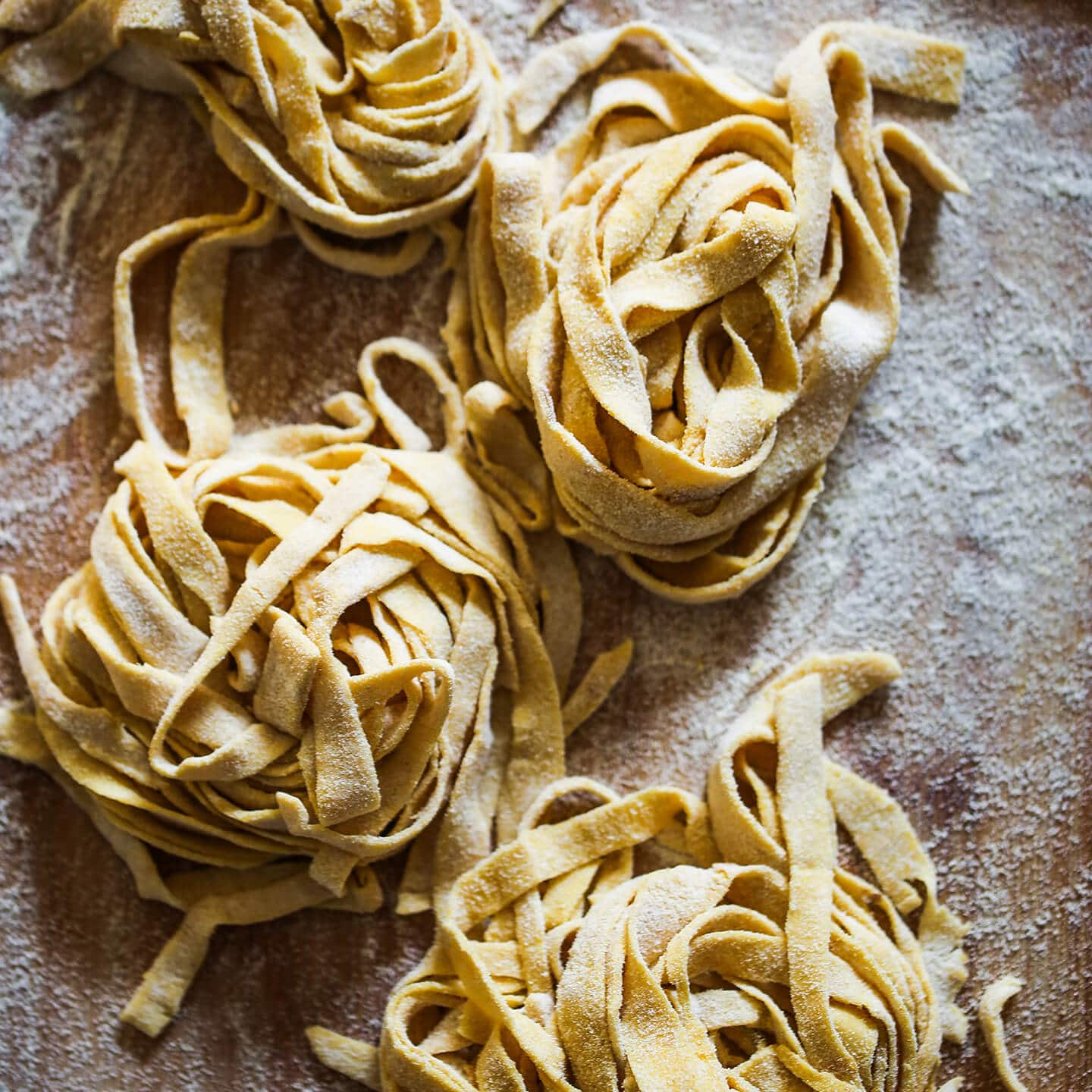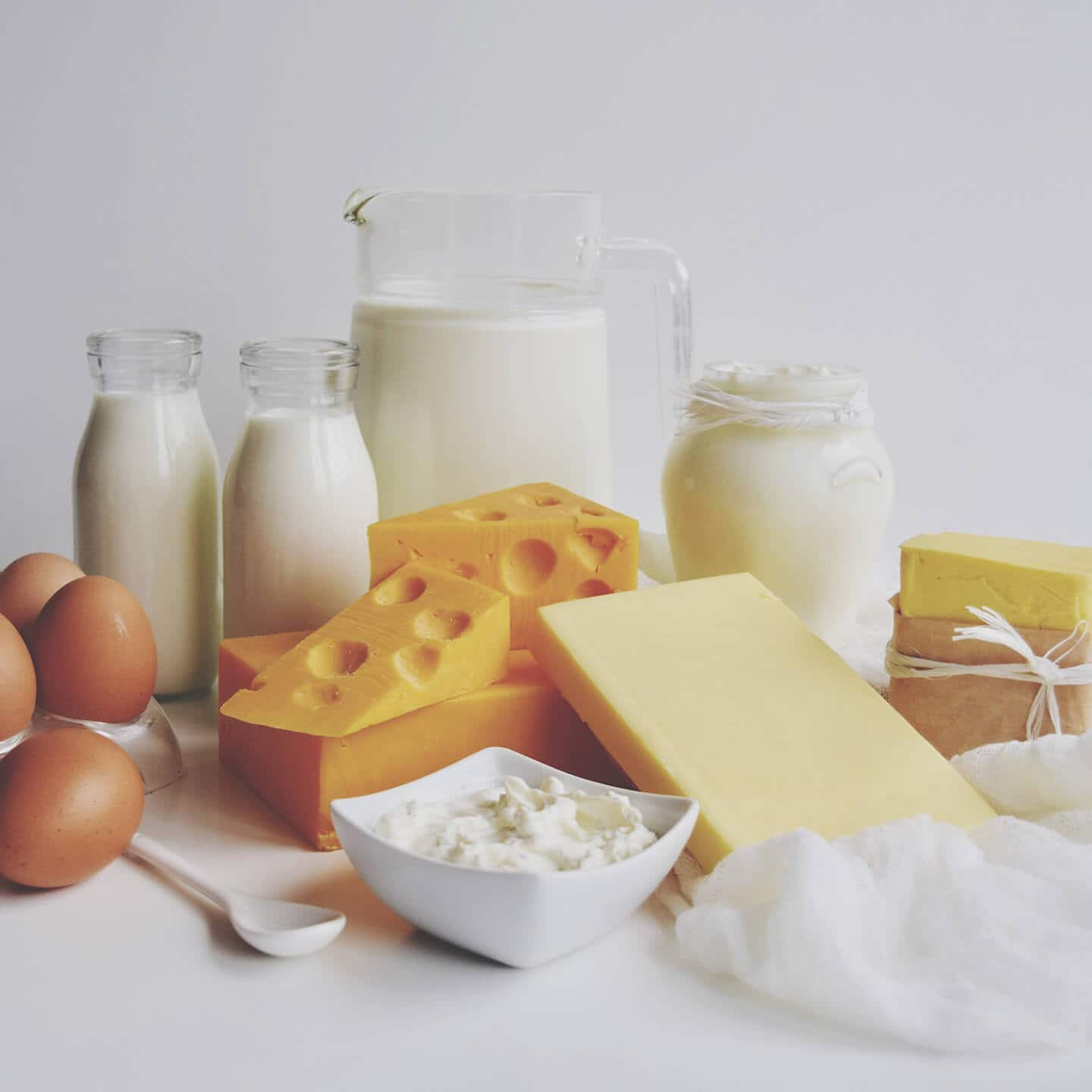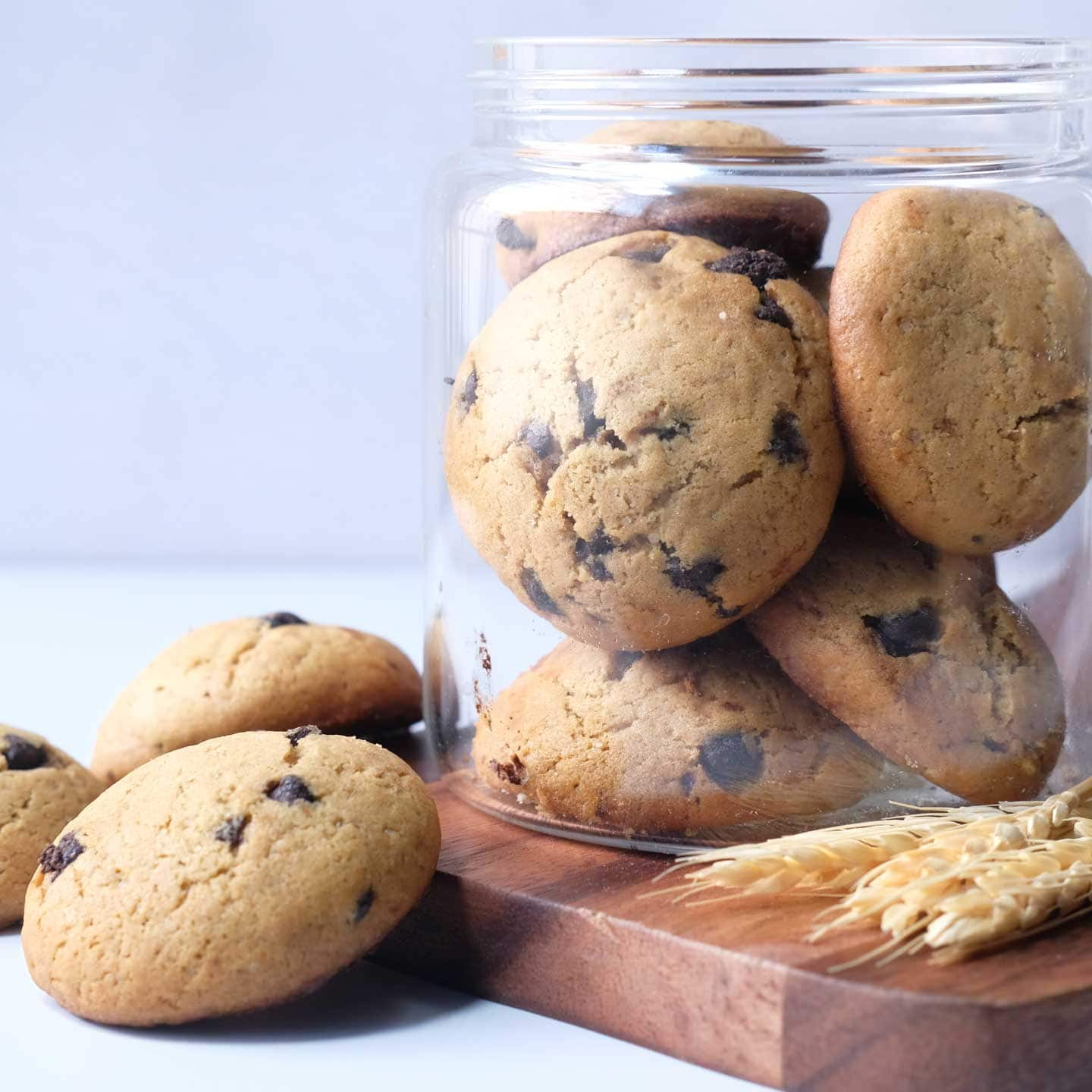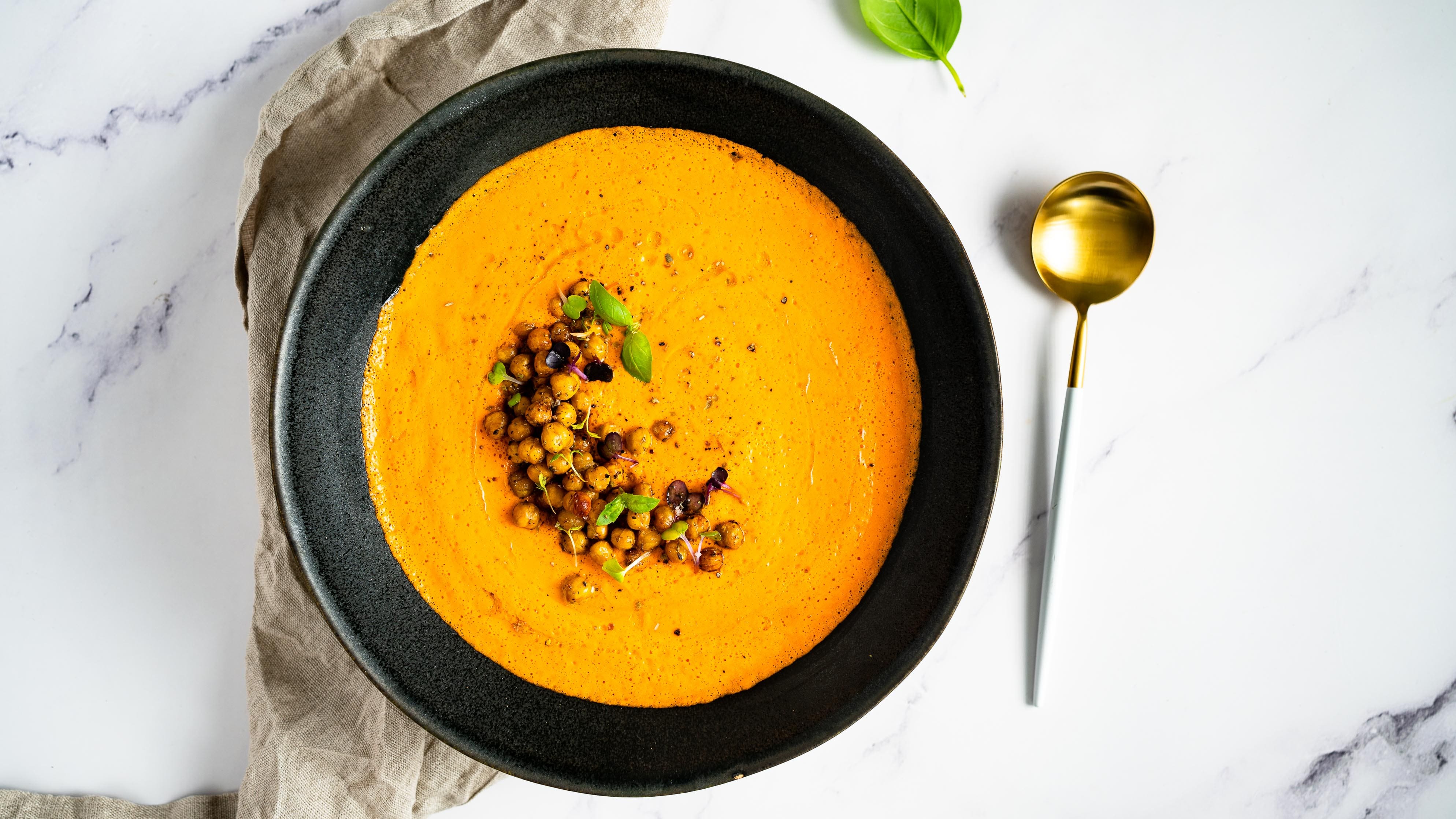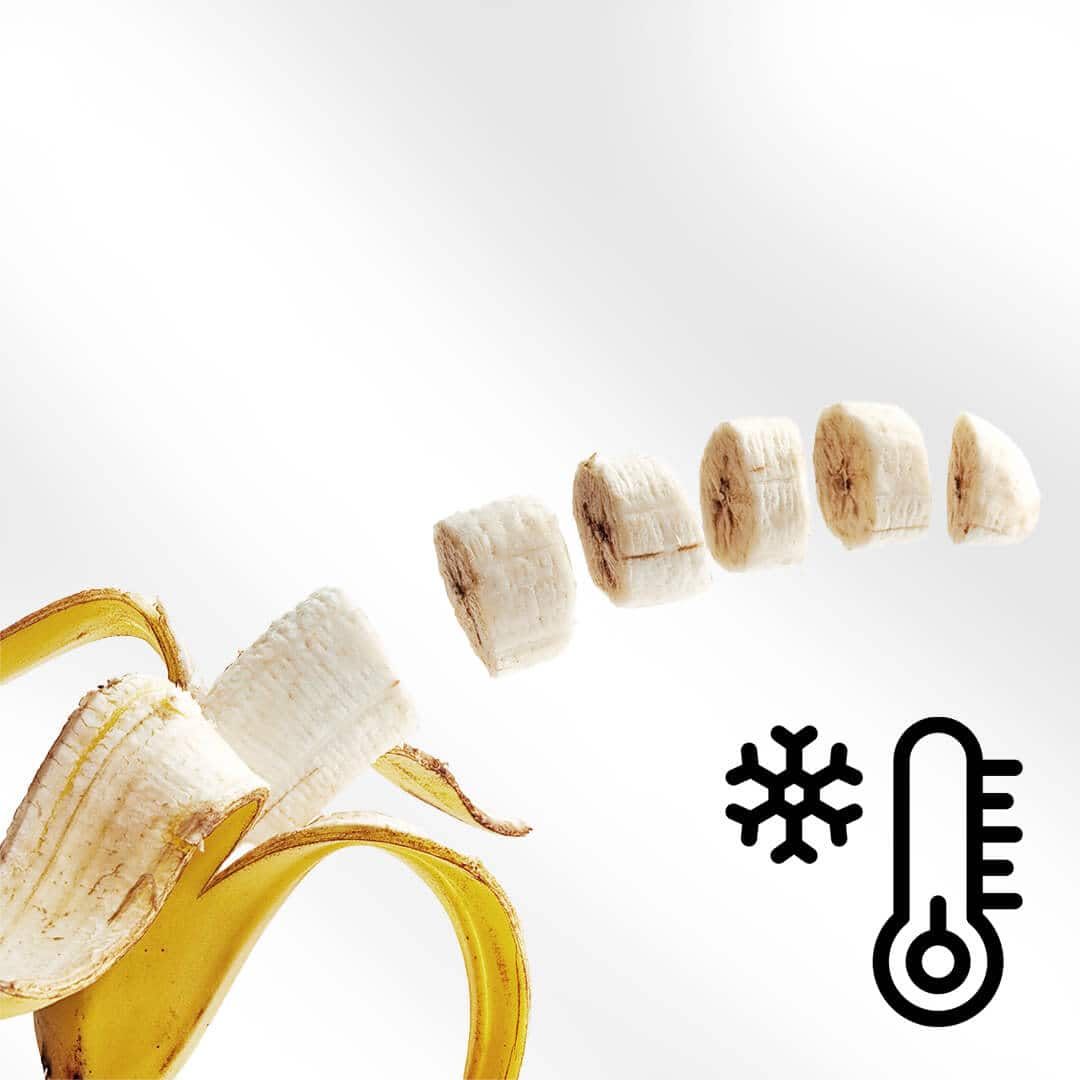Food preparation
Cooking
Garment Care
Get inspired
Support
Food preparation
Cooking
Garment Care
Get inspired
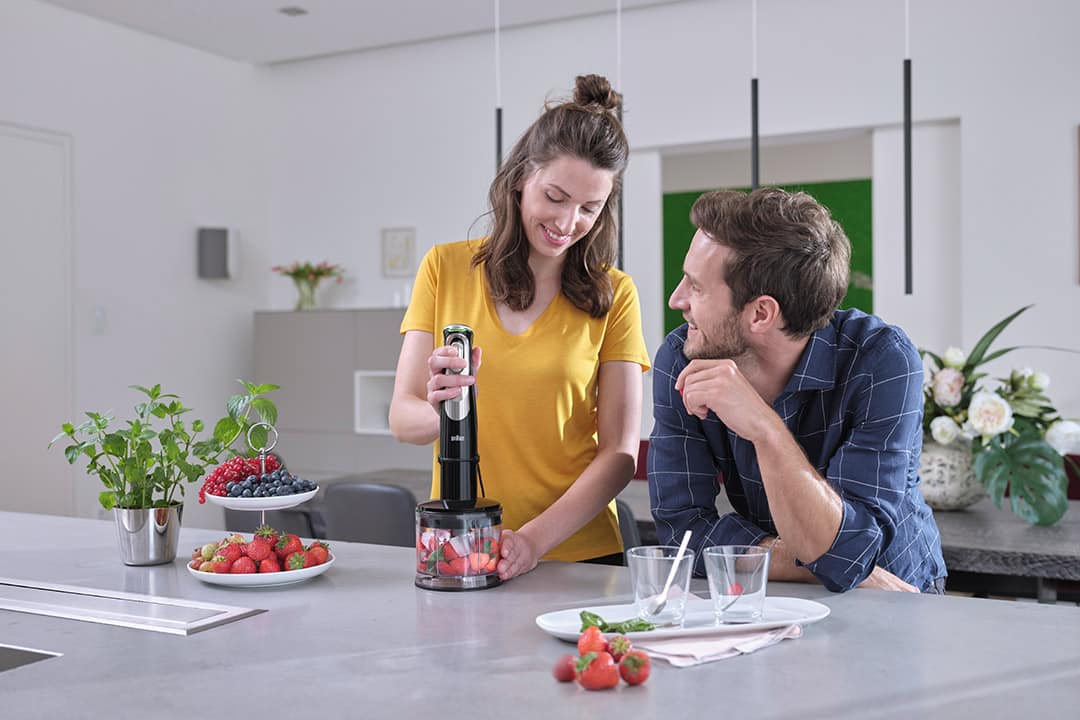
Hand blenders
Perfect blending results

Hand blenders
Perfect blending results
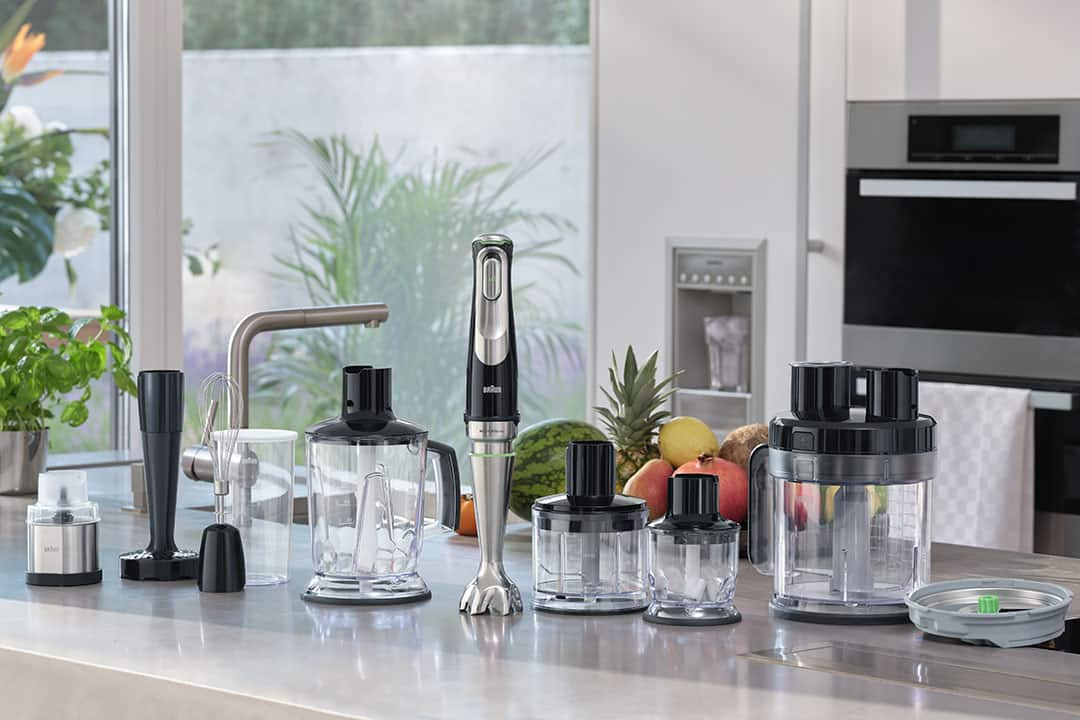
Hand blender attachments
Experience the versatility.

Hand mixers
Bring out the joy of cooking and baking.

Braun PowerBlend
Easy blending. Compact design.

Food Processors
Compact. Intelligent. Strong. Unmistakably Braun.

Snack makers
All your favorite snacks in a snap.

Snack makers
All your favorite snacks in a snap.

Air fryer
Discover ultimate convenience.

Coffee makers
Intuitive design. Inviting aroma

Coffee makers
Intuitive design. Inviting aroma

Water kettles
Fast and reliable with a unique design.

Citrus juicers
Fresh juice made fast & easy.

Toaster
A tasty, toasty start to your day.
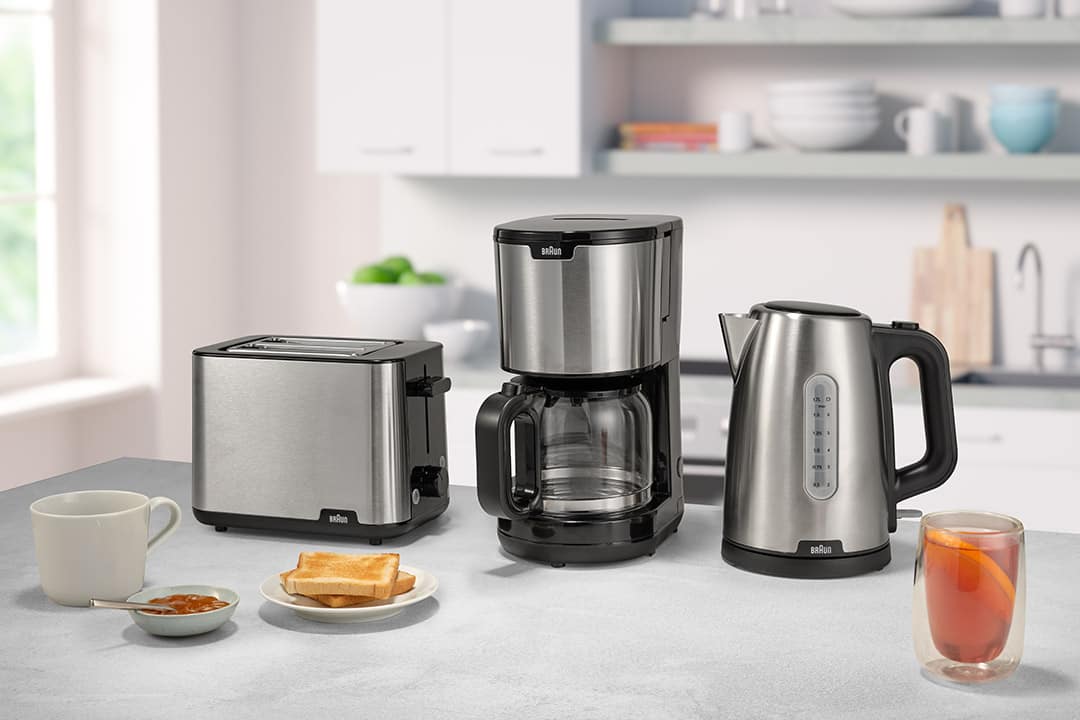
PurShine Collection
Brighten up your morning.

Breakfast Series 1
Just what you need. Start your day off right.

Steam irons
Flawless ironing quick & easy.

Steam irons
Flawless ironing quick & easy.

QuickStyle 5 & 7
Perfect Your Style.
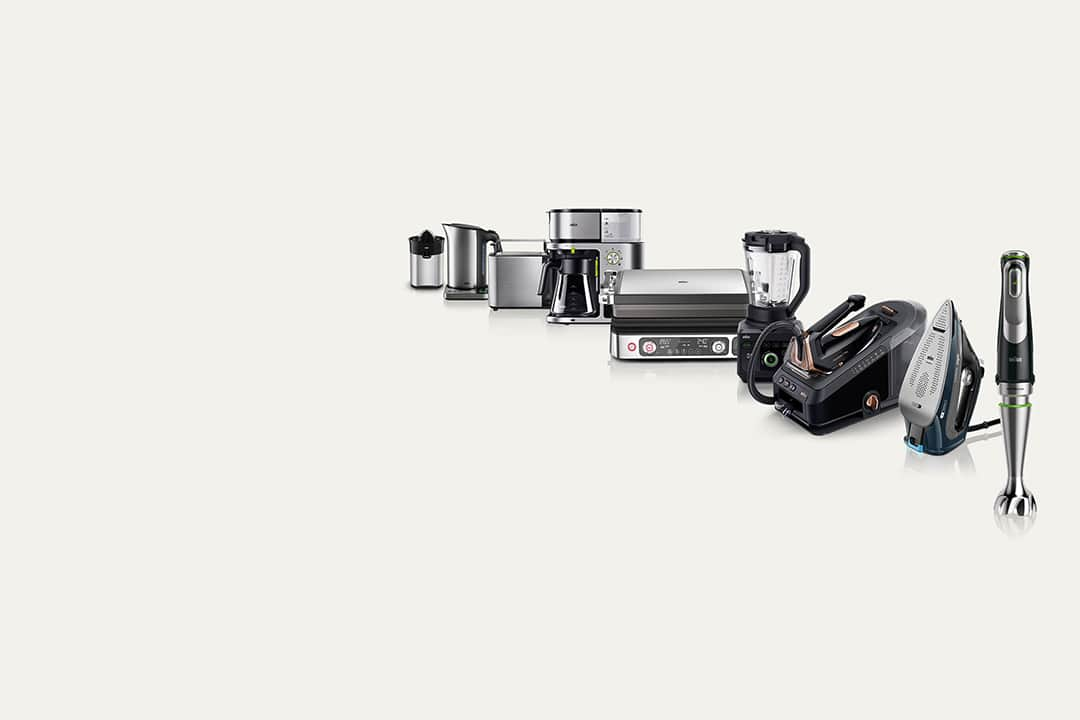
Sustainability at Braun
Good design is long-lasting.

Sustainability at Braun
Good design is long-lasting.
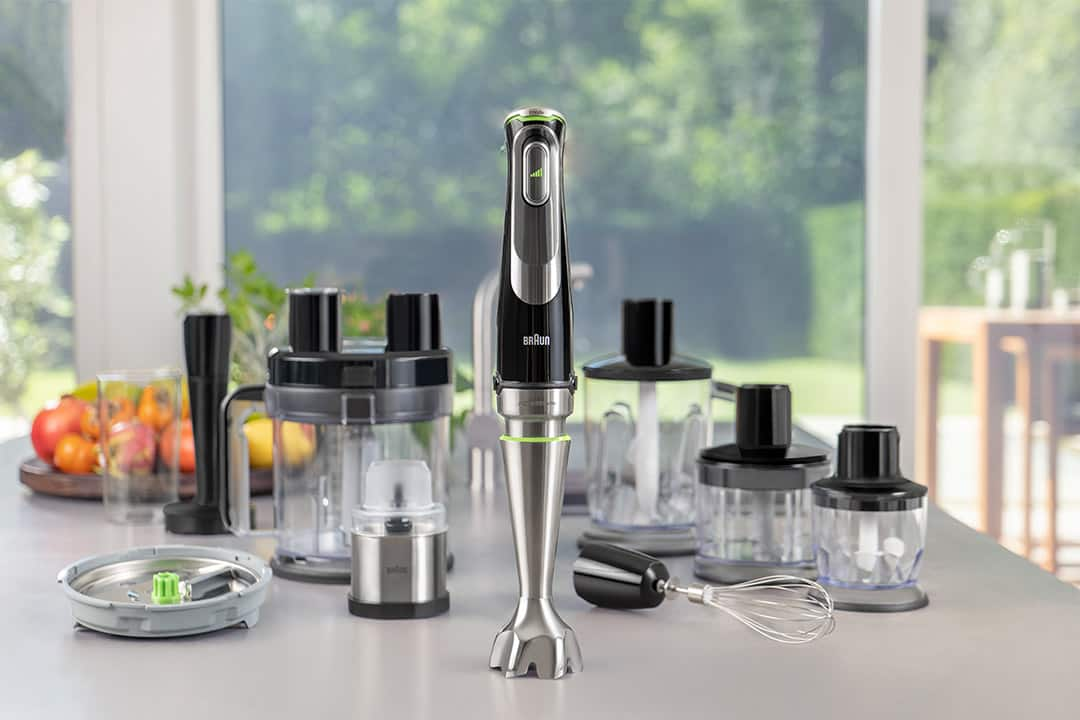
Hand blender attachments & accessories
Experience the versatility.

Support & Service
How can we help you?

Personal care
Discover Braun's hair removal, grooming & skin care products.
